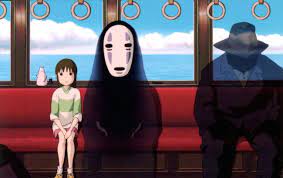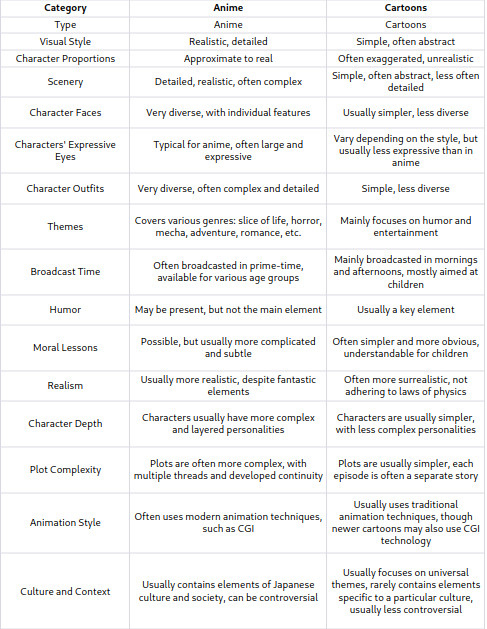Anime versus Cartoons: How do they differ from each other?
Tom and Jerry or Son Goku
You probably remember how in your childhood or adulthood you spent time watching cartoons an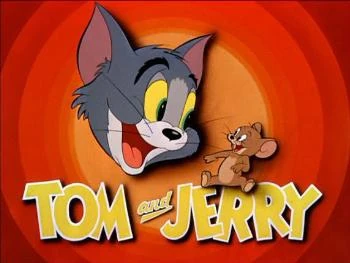
Differences in Origin
Anime is definitely a phenomenon that has its roots in Japan. It is a form of animation that evolved from Japanese art, culture, and society. While the first anime films were created in the early 20th century, it wasn't until after World War II that anime began to gain popularity, as the Japanese started experimenting with new styles and techniques of animation. Anime, as a product of Japanese culture, reflects many aspects of Japanese society, history, and values. Regardless of the genre, from romantic comedies to science fiction, anime often contains references to Japanese traditions, customs, places, and events.
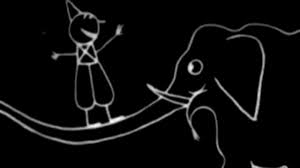
Although cartoons initially came mainly from the United States, over time they have become a popular medium worldwide. Today, cartoons are produced in many countries, such as Canada, France, the United Kingdom, South Korea, and many others. Each of these countries brings its unique perspectives and styles to the medium, affecting the diversity of the genre.
The differences in the origins of anime and cartoons have significant implications for their differences in style, content, and reception. Anime is closely tied to Japanese culture, which influences its unique style and themes. In contrast, cartoons, although initially an American phenomenon, have become a global medium, adapting to different cultures and audiences. Each of these media has its unique history and impact on pop culture, and both have made important contributions to the development of animation as an art form.
Differences in Terminology
The term "anime" is very interesting in terms of its origin and use. Although some claim that it comes from the French term "dessin animé," meaning "drawn film," this is still a matter of debate. There is an alternative theory which states that the word "anime" is a shortening of the English word "animation." In Japan, the word "anime" is used to describe all types of animation, regardless of the country of origin. In a Western context, however, "anime" is used to denote animation originating from Japan, or those that have distinct features of Japanese style.%
On the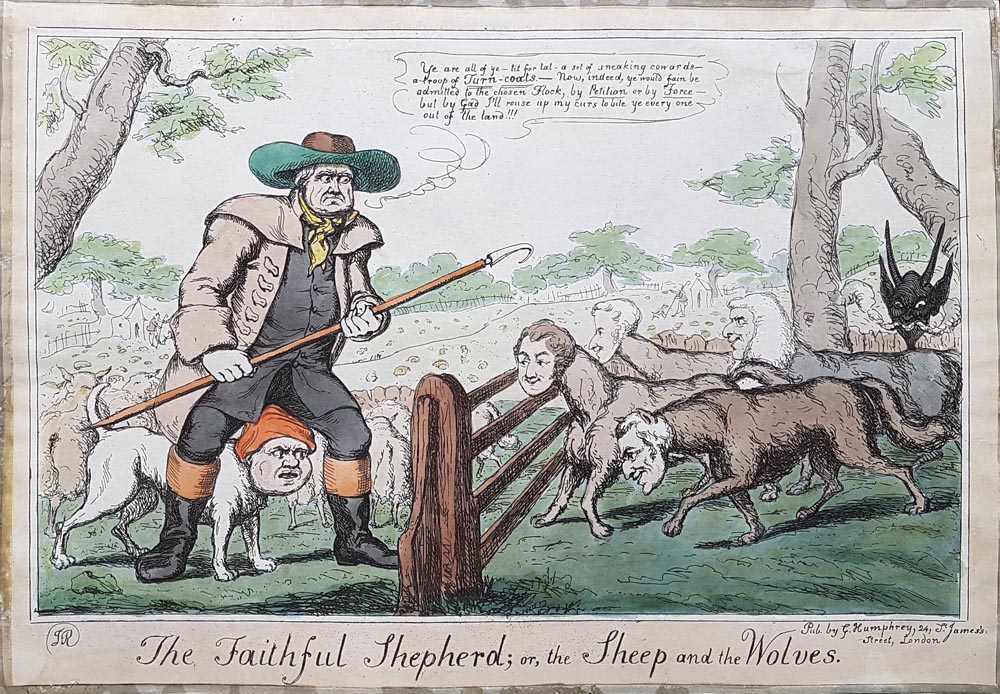
In the 19th century, when the press began to publish humorous illustrations and drawings, the term "cartoon" began to be used to describe these pictures. Eventually, with the development of cinematography and animation, this term began to be used to describe animated films. In a Western context, "cartoon" now refers to animated TV series or movies, regardless of the country of origin.
Although both terms, "anime" and "cartoon," are now used to describe animated films or series, their origins and applications differ. The term "anime" is closely associated with Japan and Japanese culture, while "cartoon" has roots in European art and has been globalized. Such differences in terminology are important to understand, as they help understand how these two types of media evolved independently and how they differ from each other.
Different Target Audiences
Anime and cartoons are created with different audiences in mind. Most cartoons are made with younger viewers in mind. For instance, the popular cartoon series "SpongeBob SquarePants" is mainly aimed at children, but also provides funny moments for adults. Children are the audience for most cartoons, and the themes of these productions are usually light and funny, aimed at providing young viewers with entertainment.
On the other hand, anime is created with various age groups in mind, from children to adults. For example, the series "Pokemon" is aimed at younger viewers, while anime like "Death Note" or "Attack on Titan" are definitely intended for older audiences, due to their dark themes and complicated plots.
Anime, as a medium, is incredibly diverse, showcasing a wide range of themes and genres. It has its roots in the tradition of Japanese comic art, known as manga, which covers a broad spectrum of subjects and is created for different age groups. As a result, anime is a medium with the potential to explore complex and multidimensional topics on a profound level, a rarity in the world of Western cartoons.
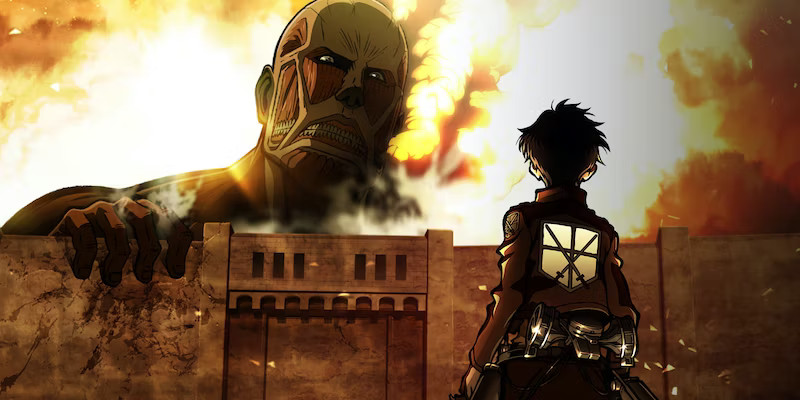
"Ghost in the Shell" is another example of how complex the subjects in anime can be. This cyberpunk science-fiction thriller explores issues related to technology, artificial intelligence, and the question of what it means to be human. These are the kinds of topics that are seldom addressed in typical cartoons, which usually focus on lighter themes and more comedic scenarios.
Anime also shows how diverse genres and subjects can be. An example might be the "isekai" genre, which focuses on characters transported to other typically fantastical worlds, organized differently to our own. This genre allows for the exploration of a wide range of subjects, from everyday life in a new world, through battles and strategy, to relationships between characters.
Anime can also tackle difficult social and moral issues. For example, "Death Note" is a psychological thriller that examines morality, justice, and the consequences of having the power to decide the life and death of others. These kinds of complex, philosophical subjects are seldom addressed in typical cartoons.
Visual Style Differences
When we talk about appearance, it's hard not to notice the fundamental differences in visual style between anime and cartoons. Anime, with its characteristic precision and detail, focuses on realistically representing elements such as character faces, body proportions, and even clothing. For instance, popular anime series like "Naruto" or "Attack on Titan" present characters with distinctly outlined facial features, complex clothes, and accurately depicted silhouettes. In contrast, Western cartoons like "DuckTales" or "The Smurfs" have a decidedly more simplified style, focusing on bright colors and simple shapes.
One of the most characteristic aspects of anime is its attention to detail. Anime creators often put a lot of effort into creating the background and scenery, giving them depth and detail rarely seen in cartoons. Taking such anime as "Spirited Away" or "Demon Slayer" as examples, we can notice extraordinary attention to detail, both in the background and in the characters.
Anime also has a unique style that immediately distinguishes it from cartoons. A typical example is the large, expressive eyes of the characters, which have become one of the most recognizable elements of anime. This style was initiated by Osamu Tezuka, the creator of "Astro Boy", who was inspired by American cartoons like "Bambi".
Humor and Morality in Cartoons
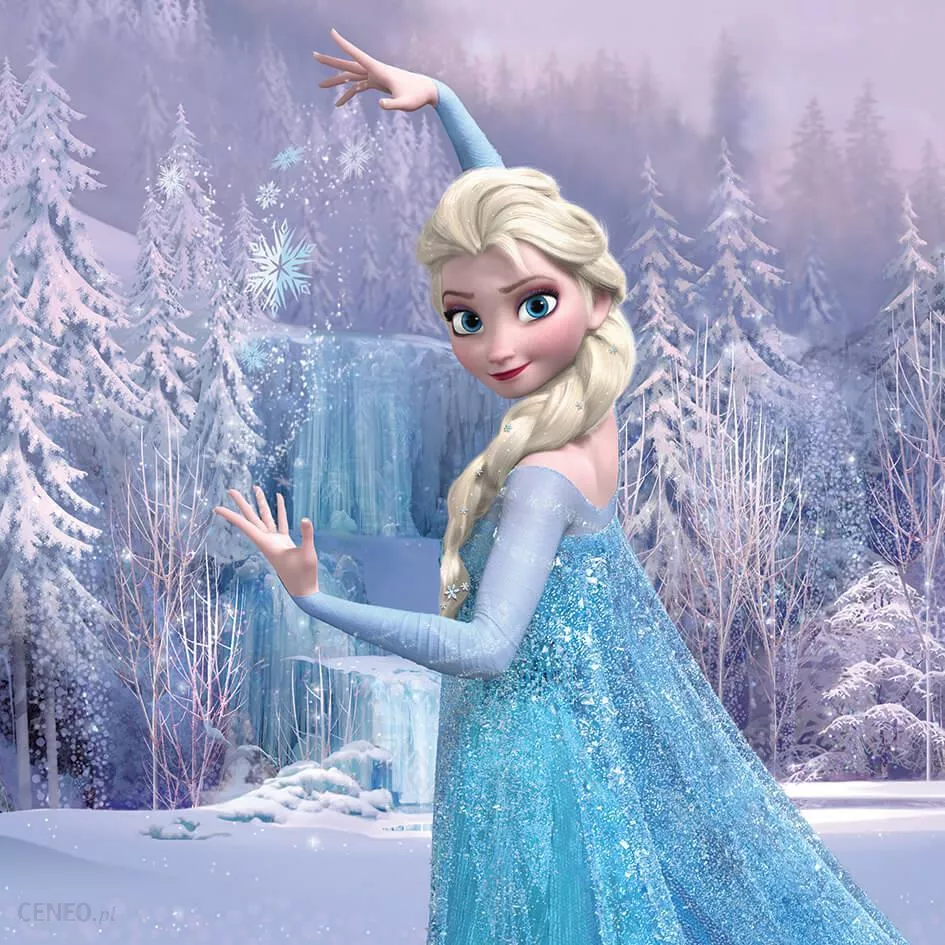
oreover, many cartoons also contain moral lessons for young viewers. For example, Disney's "Frozen" not only provides humor and fun but also imparts important lessons about self-acceptance, sibling love, and overcoming hardships.
Differences in face drawing styles
Firstly, the facial characteristics of characters in anime are usually far more intricate and variable than in cartoons. This variety allows for a broader range of emotional expression and character development. While anime does use some exaggerated facial features – especially the eyes – it also incorporates a level of detail that can give characters a more realistic or complex appearance. On the other hand, cartoon faces tend to be simpler and more stylized, using exaggerated features and expressions for comedic effect. This can lead to a less diverse range of character appearances, as cartoons often rely on recognizable, recurring character designs.
Secondly, anime often uses more subtle shifts in facial expression compared to cartoons. This approach can offer a more nuanced portrayal of a character's emotions and thoughts, allowing for deeper character exploration. The wide, highly expressive eyes in anime, for example, are not just a stylistic choice, but also a functional one that allows the audience to more readily understand the character's emotional state. In contrast, cartoons often use more exaggerated, larger-than-life expressions, which can be excellent for comedy and immediate readability but might lack in nuance.
Thirdly, the design of facial features in anime can often reflect the character's personality or role in the story. Villains may have sharp, angular features, while heroes might have softer, more rounded faces. This extends to the characters' eyes, hairstyles, and other features, all of which can communicate important information about the character. Cartoons, meanwhile, often use recurring character designs, with similar face shapes and features appearing across different characters and shows.
Anime in statistics
According to various surveys and studies, the anime fandom is quite diverse in terms of age. While it is popular among younger audiences, there's a significant number of adult anime fans as well. As per a 2022 survey, about 40% of anime fans were 18-24 years old, followed by 25-34 at 30%, and a notable 15% aged 35-44. Cartoons, on the other hand, traditionally target a younger demographic, although there are certainly cartoons intended for adult audiences.
In terms of geographical popularity, anime has a significant global presence. It is, of course, hugely popular in its home country of Japan, but it also has a considerable fan base in the United States, where it represents a substantial segment of the animation market. Other countries with a significant interest in anime include the Philippines, South Korea, and parts of Europe like France and Germany.
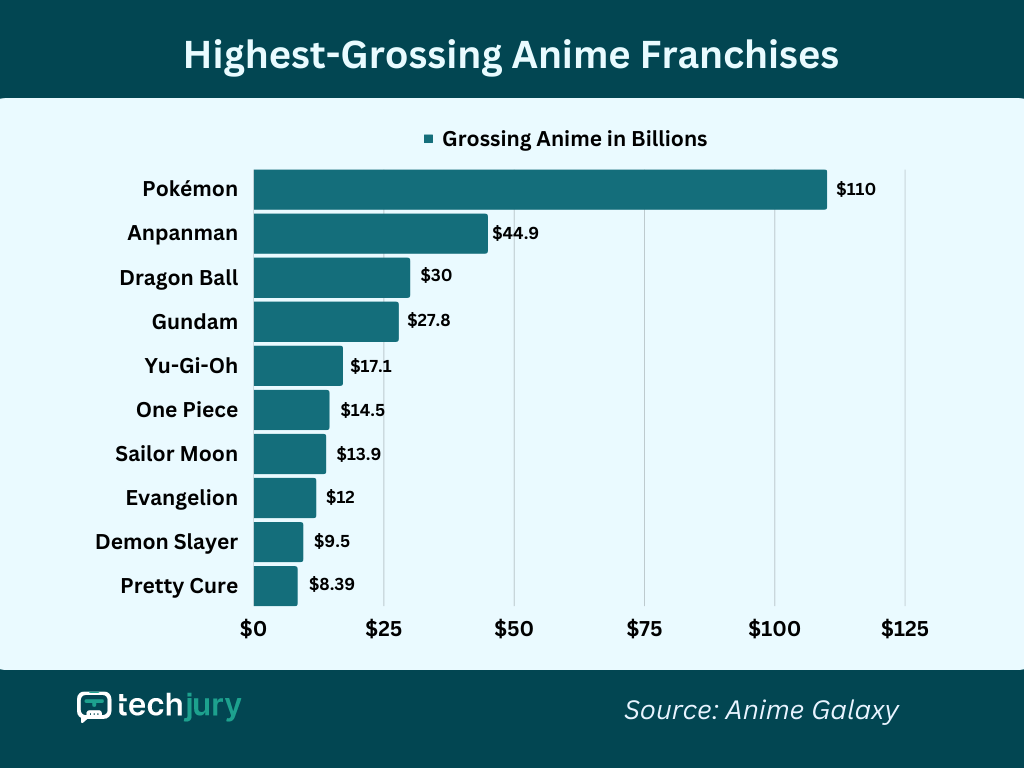
Anime conventions also draw massive crowds, both in Japan and internationally. Events like Anime Expo in Los Angeles and Japan Expo in Paris attract hundreds of thousands of attendees each year. This contrasts with more general animation or comic conventions, where cartoons are only a part of the broader content offering.
Online streaming has played a crucial role in the spread of anime outside Japan. Platforms like Crunchyroll and Funimation have millions of subscribers, showing a strong demand for anime content. The top countries for these platforms include not only Japan and the US but also Brazil, the UK, and Mexico, reflecting the global popularity of anime.
While these statistics provide an overview of the popularity of anime and cartoons, it's essential to note that both genres have diverse offerings and dedicated fan bases. They each fulfill different roles in the animation landscape and continue to influence each other in style and content.
Summary
Both anime and cartoons are forms of visual art that accompany us throughout life. However, they have quite distinctive features that differentiate them as two different things. The term cartoon refers to western animation aimed at children, while anime is Japanese animation aimed at various age groups, from children to adults. Cartoons are simple two-dimensional structures, whereas anime is graphically more defined. Anime is created using techniques similar to those used in films, while cartoons are created using simple methods. Cartoons are light and child-friendly, while anime is more complex. Therefore, although cartoons and anime may seem similar at first glance, they differ from each other in many aspects, from origin, through production technique, to target audiences. These differences make both forms have their unique place in the world of entertainment and culture.
"Strong Japanese Women"
see book by the author
of the page
未開 ソビエライ
An enthusiast of Asian culture with a deep appreciation for the diverse philosophies of the world. By education, a psychologist and philologist specializing in Korean studies. At heart, a programmer (primarily for Android) and a passionate technology enthusiast, as well as a practitioner of Zen and mono no aware. In moments of tranquility, adheres to a disciplined lifestyle, firmly believing that perseverance, continuous personal growth, and dedication to one's passions are the wisest paths in life. Author of the book "Strong Women of Japan" (>>see more)
Personal motto:
"The most powerful force in the universe is compound interest." - Albert Einstein (probably)
Mike Soray
(aka Michał Sobieraj)
未開 ソビエライ
An enthusiast of Asian culture with a deep appreciation for the diverse philosophies of the world. By education, a psychologist and philologist specializing in Korean studies. At heart, a programmer (primarily for Android) and a passionate technology enthusiast, as well as a practitioner of Zen and mono no aware. In moments of tranquility, adheres to a disciplined lifestyle, firmly believing that perseverance, continuous personal growth, and dedication to one's passions are the wisest paths in life. Author of the book "Strong Women of Japan" (>>see more)
Personal motto:
"The most powerful force in the universe is compound interest." - Albert Einstein (probably)
Mike Soray
(aka Michał Sobieraj)
Write us...
Ciechanów, Polska
dr.imyon@gmail.com
___________________
inari.smart
Would you like to share your thoughts or feedback about our website or app? Leave us a message, and we’ll get back to you quickly. We value your perspective!
